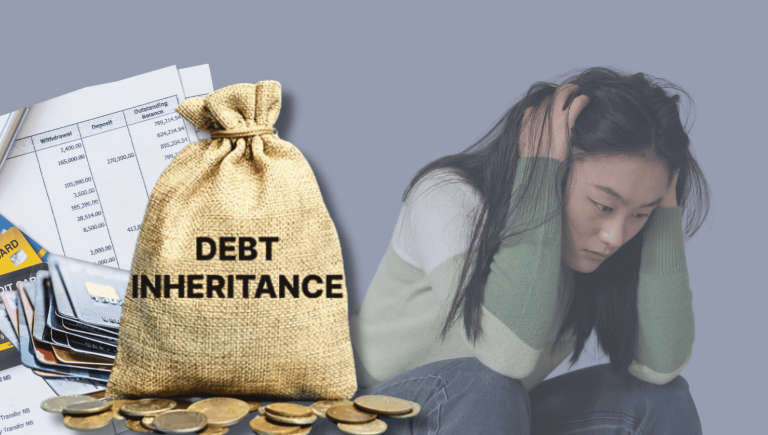Today’s article in the Vancouver Sun about thousands of low-income families in BC losing federal co-op housing subsidies raises the topic of affordable housing once again.
I say it’s time to get a bit more specific. What exactly does government mean by affordable housing? Is it rental accommodation or home ownership? Is it emergency shelters, transitional housing or subsidized housing?
It seems to me that the cry for affordable housing mainly comes from poverty groups searching for public housing (housing projects owned by the government) social housing or some form of integration of public housing with market housing.
Although this is a noble agenda, the other very important groups who also need affordable housing go unnoticed or under-reported. These other groups may be categorized by income, age, or both.
Young people face many obstacles to affordable housing as their incomes are generally the lowest in their careers, their careers face a certain degree of instability, their assets are also in the beginning stages and debt in the form of student loans, car loans and credit card balances frequently occupy a prominent place on the family ledger.
Under these conditions affordability becomes even more complicated as the availability of housing options (and the cost of housing) dictates the terms of their survival. Low vacancy rates in large densely populated urban areas translate into higher rents. High real estate prices also determine the amount of rent as landlords often have large mortgages to service.
Home ownership for many young people has fallen completely off the radar screen because they can’t qualify for a mortgage and/or scrape up the down payment because of their lower incomes that are associated with entry-level employment.
So, what does affordable housing mean to young people?
The traditional approach uses a commonly accepted guideline as 30% of a household’s income. Whether or not this is gross or net income depends on who you are talking to. The banks and mortgage insurers always refer to gross income which really refers to hypothetical income as people do not have access to their gross incomes – only the net incomes. In other words, gross income means before taxes and other non-discretionary statutory deductions. This is money people cannot spend.
Credit counsellors and insolvency professionals only look at net income when assessing a family’s monthly expenditures and their ability to pay their obligations.
Co-op housing is a neglected resource for helping individuals and families find affordable housing. It came as a surprise to me to learn in Kim Pemberton’s article today that Ottawa stopped funding social housing nearly two decades ago. However, they continued to provide operating subsidies for existing projects which are now beginning to expire.
If co-op housing isn’t affordable housing then what is? Why do governments not support more generously a blended type of housing that allows people to pay rent according to their incomes.
As explained on the The Co-operative Housing Federation of BC ‘s website a housing co-op is:
• A legal association of members
• The members own the co-op, the co-op owns the housing
• Members work together to create a viable business and a co-operative community
• A co-op is a home, not an investment
• The goal is security of tenure, not equity
Most non-profit housing co-ops receive money from the government that helps the co-op subsidize a certain number of housing units so that the housing cost is adjusted to the income of the household. If a household qualifies for a subsidy, their housing charge is usually set at 25-30% of the household’s income plus charges for utilities.
The waiting list for Co-op housing shouldn’t be so long. Obviously, there is a high demand for this type of affordable housing.
So, let’s get serious about affordable housing in Canada– and more specific. Co-op housing is one significant and proven way to effectively help individuals and families.

